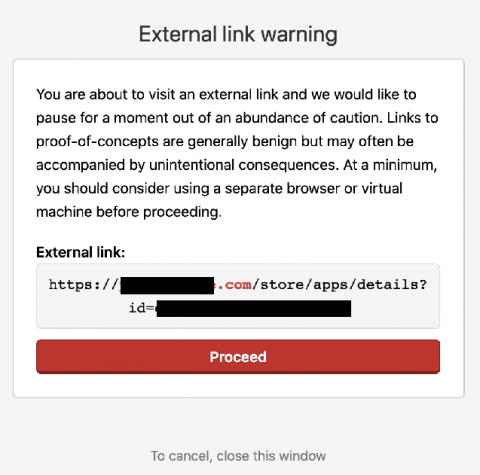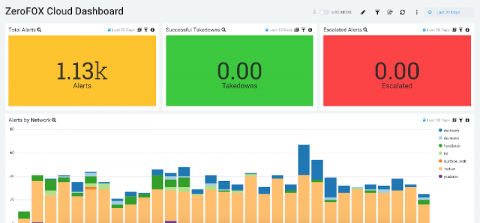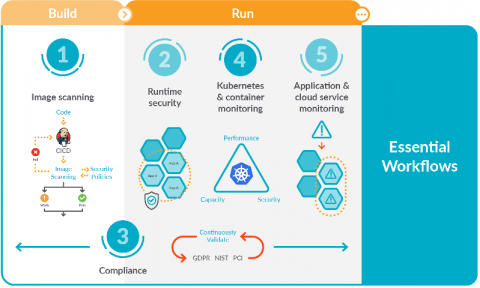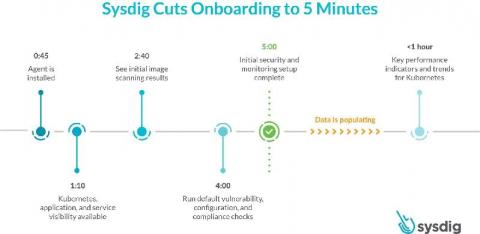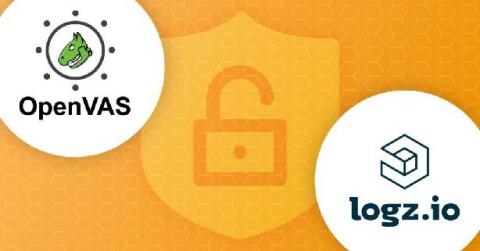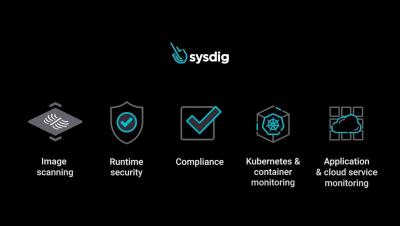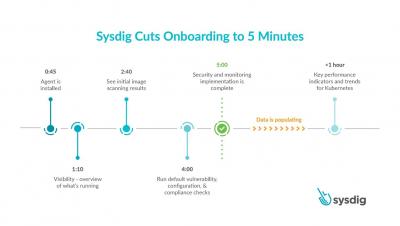Protecting Your Apps From Link-based Vulnerabilities: Reverse Tabnabbing, Broken-Link Hijacking, and Open Redirects
Links are so fundamental to web development that they're almost invisible. When we link to a third-party page, we hardly ever consider how it could become an opportunity to exploit our users. In this article, Julien Cretel introduces us to three techniques that bad actors can use to target our users and discusses how to avoid them.


